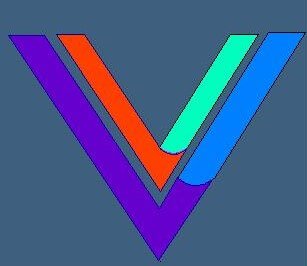Nonprovisional Patent Applications in Houston, Texas and Kentucky
Nonprovisional patent applications are formal patent applications filed with the United States Patent and Trademark Office (USPTO) that, if granted, provide an inventor with exclusive rights to an invention for up to 20 years from the date of filing. These applications differ from provisional patent applications in that they are subject to formal examination by the USPTO and must meet all of the requirements of patentability. See our article on provisional patent applications for the requirements of those types of applications.
The process of filing a nonprovisional patent application can be complex and time-consuming, requiring careful preparation and attention to detail. Most patent applications are filed by a qualified attorney. We perform these functions in Houston, Texas and Kentucky. Here are some steps involved in the process. Not all steps are required and optional steps are noted for the reader:
1. (Optional) Conduct a thorough search: Before filing a nonprovisional patent application. While a registered patent attorney may conduct this step, inventors may accomplish this as well. The search can involve searching existing patents, published articles, and other sources of prior art.
2. (Mandatory) Prepare the application: The next step is to prepare the nonprovisional patent application itself, which must include a written description of the invention, claims defining the scope of the invention, and any necessary drawings or diagrams. The application must also meet all of the formal requirements of the USPTO, including proper formatting, labeling, and citation of prior art.
3. (Mandatory) File the application: Once the application is complete, it can be filed with the USPTO. The filing fee for a nonprovisional patent application varies depending on the size of the applicant and other factors. It is important to get this step correct, as incorrect designation can be monetarily costly and deception on the part of the inventor may cause any resulting patent to be void.
4. (Mandatory) Wait for examination: After the nonprovisional patent application is filed, it will be assigned to an examiner at the USPTO who will review it to determine if the invention is patentable. This process can take as little as six months or may take several years, and may involve multiple rounds of communication and negotiation between the applicant and the examiner. The variability of the delay is based upon how busy the USPTO is with similar types of applications. Fees may be paid to the USPTO to expedite examination, if necessary.
5. (Mandatory) Respond to office actions: If the examiner determines that the nonprovisional patent application does not meet all of the requirements of patentability, they will issue an office action detailing the deficiencies and giving the applicant an opportunity to respond. This can involve amending the claims, submitting additional evidence, or addressing other concerns raised by the examiner. Just because the Examiner has found some issues with patentability, does not mean that the Patent Attorney has not done his/her job properly. Often, there are differing opinions between knowledgeable patent attorneys and staff at the USPTO.
6. Receive a decision: If the nonprovisional patent application meets all of the requirements of patentability and there are no objections or rejections from the examiner, it will be granted and a patent will be issued. If there are objections or rejections, the applicant may continue to work with the examiner to address these concerns, or may choose to abandon the application.
7. (Mandatory) Payment of Issue Fee. If the Examiner determines that your case should be patented, differing levels of issue fee payments may be required.
8. (Mandatory) Payment of Maintenance Fees. This step is often overlooked by many. For different types of patents, there are different amounts of maintenance fees required to be paid within a specific timeframe. If you do not pay these fees, your patent will be abandoned.
Nonprovisional patent applications offer a number of advantages over provisional applications, including the ability to claim priority from the filing date of the nonprovisional application, which can be important in establishing ownership and protecting the invention from infringement.
Nonprovisional patent applications also have some drawbacks. They are more expensive and time-consuming to prepare and file than provisional applications, and they require a higher level of detail and specificity. Nonprovisional applications also undergo formal examination, which can lead to objections or rejections from the examiner and require additional time and resources to address.
In summary, nonprovisional patent applications are an important tool for protecting inventions and establishing ownership rights; however, they require careful preparation and attention to detail, and can involve a lengthy and complex examination process. Inventors and their attorneys should carefully consider the advantages and drawbacks of nonprovisional patent applications before deciding whether to file one.

